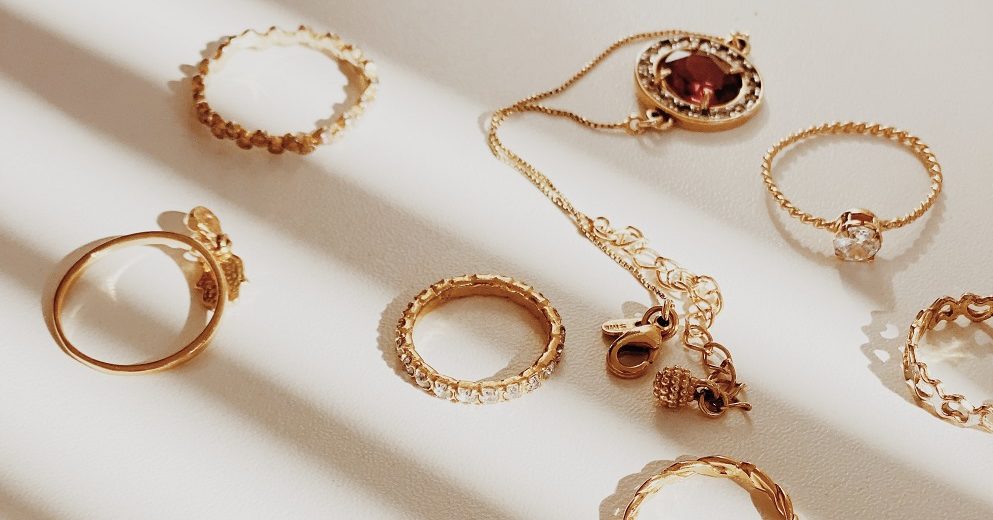3 of the Best Physical Investments Retirees Can Make

When many people hear the word “investment,” they picture the floor of the New York Stock Exchange. If they’re younger, maybe they think of cryptocurrency. All too often, physical assets are overlooked. If you’re someone who wants to increase your savings without dipping a toe into the market’s ever-shifting currents, or if you’re itching to diversify your existing portfolio, here are three physical investments worth considering.
1. Gold
It’s hard to go wrong with gold — if for no other reason than the fact that it's an inflation hedge. When the American dollar loses value due to inflation, gold gets pricier. More specifically, the price in dollars of each ounce of gold increases. This is what makes it an inflation hedge for its owners: As inflation chips away at the value of the dollar, your investment in gold acts as a barrier against that plummeting currency.
Gold is also a smart way to diversify your portfolio because of the distance between it and other investments, such as stocks. When the stock market tanks, for example, your gold isn’t affected. That said, experts typically recommend dedicating no more than 10% of your portfolio to gold, in the form of bars, coins or other tangible items.

2. Rental Property
According to the Population Reference Bureau, homeownership rates have dropped significantly in the last 60 years. Rental properties, meanwhile, have exploded. If you have the significant chunk of change required to purchase a second home or apartment, you can turn that property into a vital source of passive income for years to come.
The key is to buy property in an area where rentals are perpetually popular, whether that’s in a bustling city or a bucolic village by the sea. For maximum equity, you need renters year-round.
You can also boost your investment by making repairs and upgrades to your rental, like renovating an unfinished basement. Forced appreciation is a quick way to elevate your rental property’s value, but like the property itself, it can be expensive.
Owning a rental property can also be a lot of work. Even if you’re not particularly hands-on and enlist the help of a property management team, for example, it tends to be a more time-consuming investment. For some investors, of course, this may be part of the appeal.
[insert page='Offer' display='content']
3. Art
Art sits at the opposite end of the time and energy spectrum. In the simplest terms, you purchase a sculpture or painting and then you wait. It’s a decidedly long-term investment that typically requires taking a bit of a gamble: Buy an eye-catching painting for your dining room by an emerging artist whose career really takes off, and you could see your initial investment skyrocket. If that artist doesn’t break through, well, at least you have a nice conversation piece hanging on the wall at Thanksgiving. You can also invest in art for less by purchasing shares of an artwork online.
Due to its unique nature as an investment, as well as the amount of research required to make a solid buy, the best art investors are people who are genuinely interested in art or who are eager to learn about it. Visit local art galleries and speak with exhibit curators if you can. Research the market online via auction house websites and Artnet. If you plan to buy online, do your homework to ensure that the seller is legitimate and reputable.

Physical investments are one of the best ways to bolster your retirement account. Depending on what you choose to pursue, it can be an easy, “set it and forget it” option for increasing your wealth in the long run. Many physical investment opportunities carry very little risk, too, which lets you rest easy knowing you’ll never be dealt a bad hand by the market.
